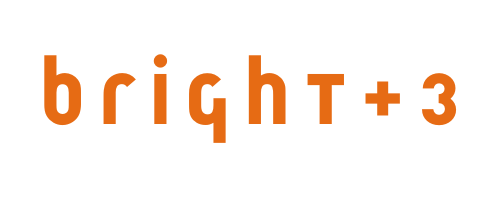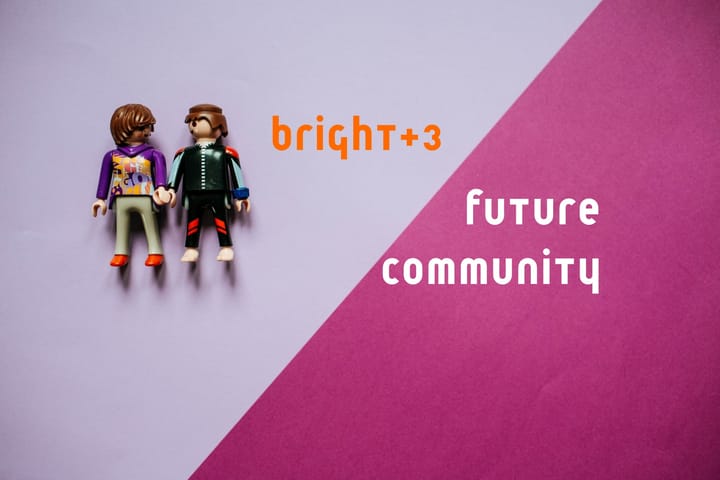Tragedy of the Content
Memorable, smart and useful content may soon be the only way to attract and sustain supporter engagement. Here's a look at the roles and needs behind transformative nonprofit content programs.

Or unbreaking nonprofit marketing with user needs.
Years ago I had the good fortune to find myself working with T. H. Watkins. Tom edited Wilderness magazine from 1982 to 1997. Wilderness was a full color print quarterly sent to members of The Wilderness Society.
Tom had no shortage of beautiful photos to choose from in every edition. He also had more than enough stories to share. Writers and organizers and political leaders were embroiled in fights over wilderness bills, logging in the Pacific Northwest, dam building and, with James Watt and others, heated debates over property rights and environmental laws.
It was fertile ground for a rich visual and written experience–one that made people think. Journalist Todd Wilkinson recently wrote that Wilderness “gave voice to the multi-dimensional importance of wildlands that arguably is absent from the mainstream conservation movement.”
A conversation. Not just content.
Tom’s wit, editing prowess and laborious layout work in a time before decent publishing software were something to behold.
But more meaningful in retrospect was his concern for the members, readers and anyone else who would come across a copy of Wilderness.
The magazine needed to inspire, of course, but more than that it had to be useful to people. It needed to be memorable, pose questions and answer them. It had to break news and give insights that you only received as a readers. It could tell you where to go, what to do, what places to visit - or at least put on a list - and who to call to pass a bill, and what happened to the bills we wrote you about last time.
The magazine was, as much 64 or so print pages could be, in dialogue with the person holding it. It wasn’t an advertisement on TV. It was a conversation with friends in the living room.
And Wilderness was a big part of why many people joined - and stayed. It got your attention. It got you to send in $20. And you thought twice about losing Wilderness when you decided to renew your membership.
I don’t think anyone thinks about missing out on emails, websites and social media when they decide to donate to (or stop donating to) any of today’s environmental nonprofits. Or any organization for that matter. Some may joke that they would pay $50 to make the emails stop.
Memorable, smart and worthy of support
Nonprofit content, across platforms, generally serves one of two purposes:
- Marketing towards donations. Drive the visitor to subscribe, give their info and, ultimately, give money.
- Display work product. Nonprofits are full of smart policy, program, research and communications staff doing great work. Much of that is turned into blog posts, press releases, case studies, reports and program descriptions on websites. Sometimes this drives search results.
Neither considers long-term audience building and user needs.
And rarely is it memorable in a "well, I'd pay for this" way.
This isn’t a call to nonprofits to start (or restart) print magazines. If a magazine like Wilderness sounds interesting you could join the Sierra Club and get their print (or online) Sierra magazine.
And websites, email newsletters, and other online platforms offer myriad tools for creating a rich and memorable experience.
The concern–and opportunity–is more fundamental: smart, inspiring, challenging and useful content can and will attract supporters. And it will help keep them around.
Tragedy of content
We have a tragedy of content: it's easy to make and measure. Our stories are like processed foods. Cheap to produce, functional (look at the pageviews!), but ultimately, a few hits aside, of low value.
Organizations are living in a digital marketing universe that parallels but doesn’t touch reality. We craft ads for social media audiences, ads for search engines and website display ads. We write petitions to be placed on third party sites frequented by known petition signers who, knowingly or not, become subscribers when signing said petitions.
All our communications resources (and dollars) go into persuasion, form optimization, A/B testing button colors, reviewing ad audiences and CPA, CPC, ROAS and such. Tenths of percentage point increases or drops in click rates mean success or disaster for a fundraising campaign.
In the end, communications and content are siloed off into fundraising/marketing (promotions, ads and recruitment) and program materials. Some organizations will have a bucket of ad advocacy communications. One or more newsletters may circulate around these silos, most often as alternate delivery modes rather than products with standalone value.
Audience and user needs: creating content for the member, the reader, the viewer
Unfortunately, few resources are assigned to figuring out what, if any, content these new subscribers or, if lucky, first-time donors really want and need from the organization.
Of course, most nonprofits are mission driven. That makes it okay to dispense with audience and supporter needs. We serve the community, not you dear supporter, member, curious one.
But we have to consider the audience of supporters and their needs. They are the target of our communications and fundraising programs.
Most news organizations have recognized that most all content can and should be driven by value to the audience. That bristles for some trained journalists who want to report the story.
But ultimately this doesn’t mean optimize for entertainment value. It means (deeply) understanding who the audience is, how they access content, what they want to know and learn, and even how they can be involved in reporting or creating change from the story.
This has led to what many call bridge roles in news: people with editorial perspective but audience responsibility. They may review data in order to understand what would make a newsletter that would attract and keep new readers. They might be journalists who engage local community members to understand what their biggest problems are with city government and test what new stories will offer solutions (and audience support!).
So what? Nonprofits (by and large) aren’t news organizations that exist to inform the community by creating stories they can use.
For most, this means better using the content-related resources they're already using: the time people spend writing blog posts, reports and case studies for starters.
And the economic and technical landscape of digital ads, email, search and marketing mean that, well, organizations must rethink their commitment to content.
Google search is becoming disconnected from websites themselves: AI will answer questions in the browser instead of pushing people to a page.
Google, Microsoft and other email providers are increasing the fight against spam in ways that are great for organizations with highly engaged subscribers (and bad for those with passive "how did I get on this list" subscribers).
Smart, needed, useful content creates a destination at which the right people will exchange their resources - time, money, thinking, action - for the value it delivers.
Doing this means putting audience, content and user needs skills into the places where content gets created: notably the communications, fundraising and program parts of nonprofits.
The beauty here is that so much of this can be tested and piloted. And what works will lift all boats - more supporters, more revenue, more impact, more engagement and enthusiastic "buzz" out in the world.
This isn't about a radical change in digital marketing tactics or team structures and hiring. But it does mean shifting thinking and strategies. It means identifying, addressing and even meeting member, supporter and user needs. The end result may just be content that is smart, memorable and powerful enough to help build a community if not an organization.
Top photo of accordion players on a Vienna street by Dominik Vanyi.


